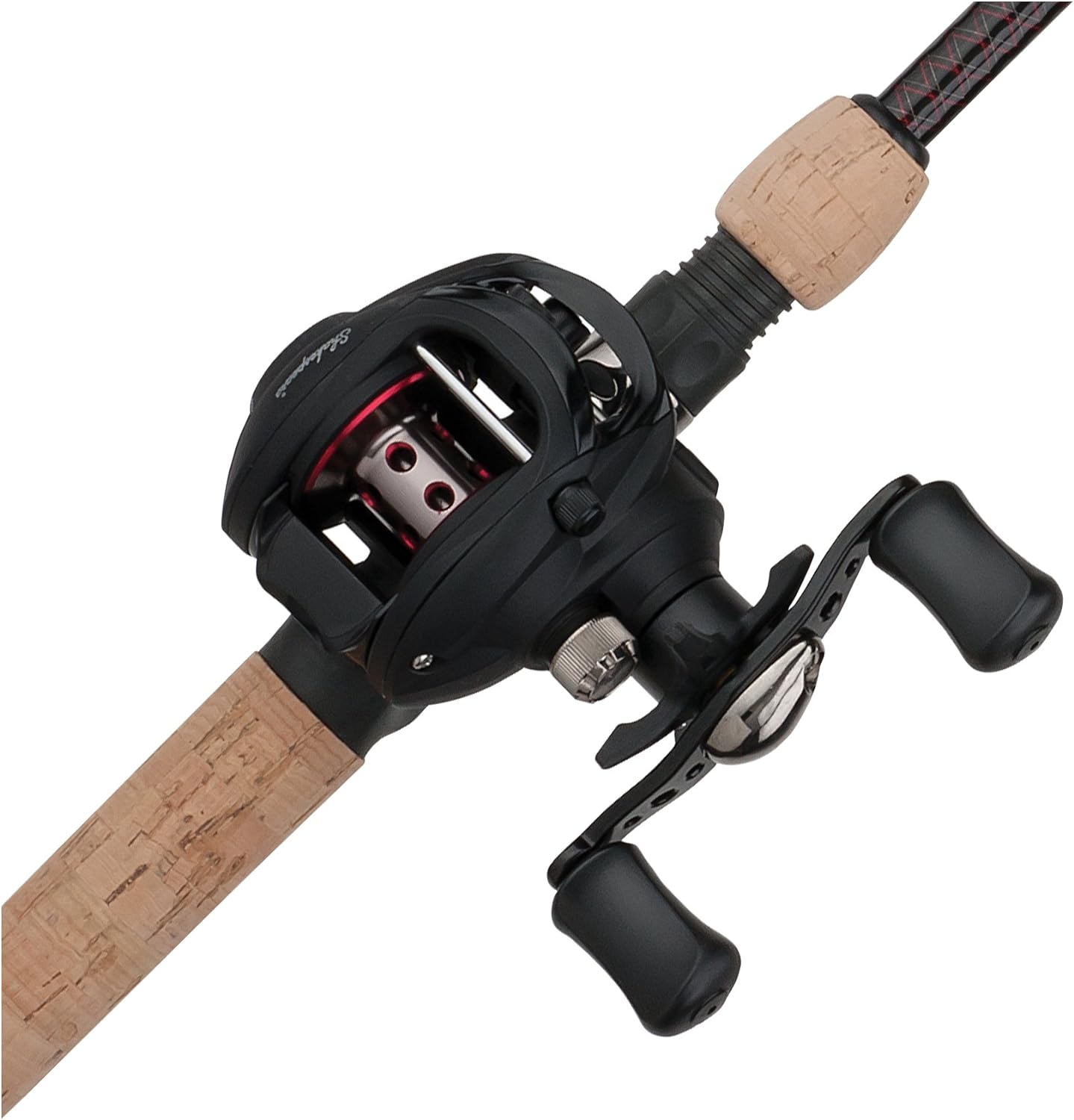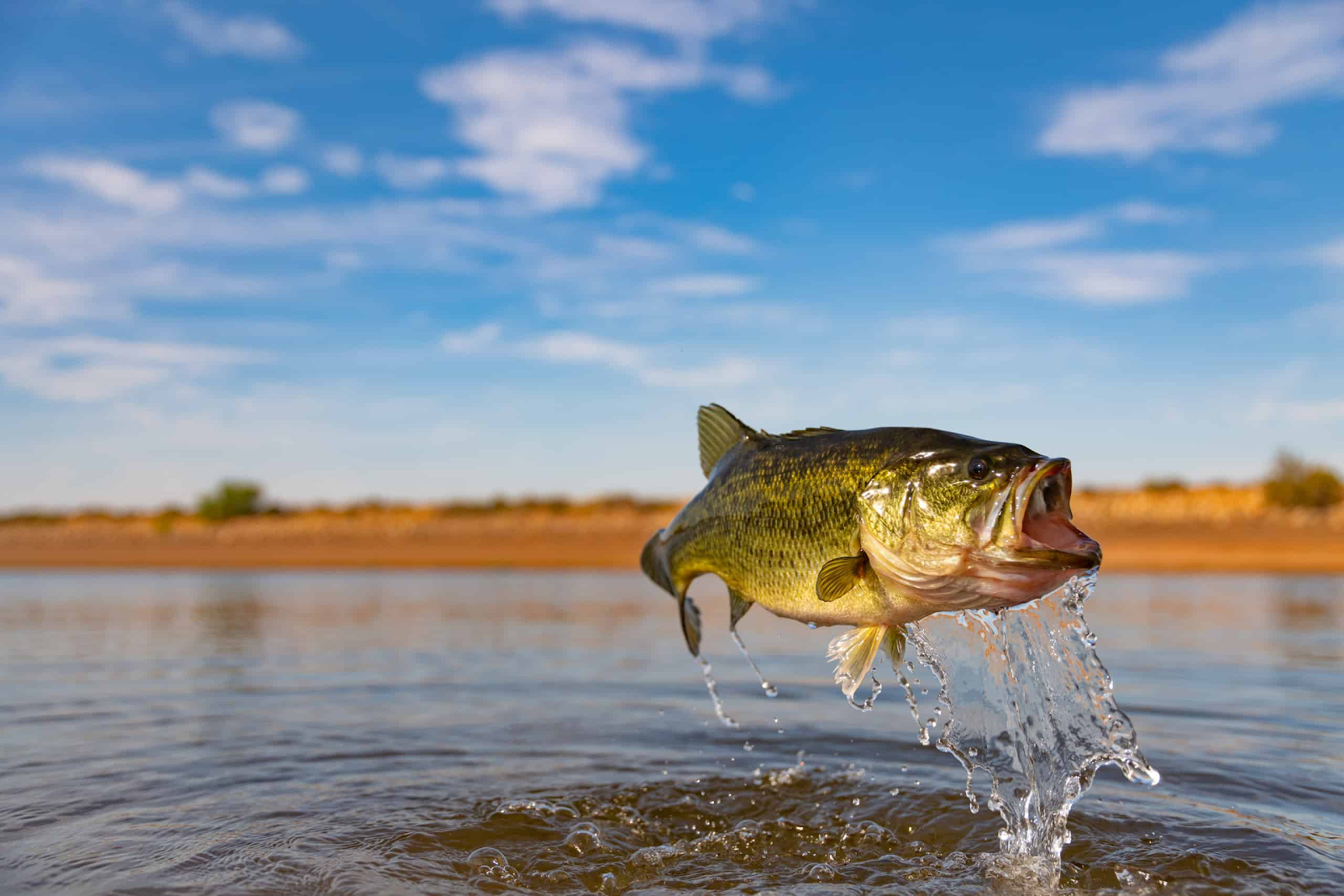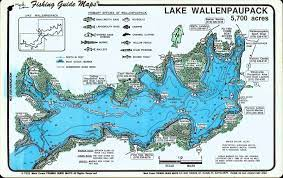One key to successful fishing is understanding the natural food sources available to the fish you're targeting. Many fish species are selective in their feeding habits, and during certain seasons, specific aquatic insects, baitfish, or other organisms become abundant. This phenomenon is known as the "hatch," and matching your bait to what the fish are naturally feeding on can significantly improve your chances of success.
Here's how to match the hatch:
- Observe the Environment: Take note of the types of insects and small organisms around the water. Look under rocks, check vegetation, and observe the surface of the water for any signs of hatching insects or small fish.
- Research Local Hatches: Depending on your fishing location and the time of year, certain hatches may be more prevalent. Research local fishing reports, talk to other anglers, or consult with bait shops to learn about common hatches in the area.
- Use Imitative Lures or Bait: Once you've identified the prevalent hatch, choose lures or bait that closely resemble the size, shape, and color of the natural organisms. For example, if there's a mayfly hatch, use a mayfly imitation lure.
- Adjust Your Presentation: Pay attention to how the natural organisms move in the water, and try to mimic that with your bait. This might involve using a specific retrieval technique or adjusting the depth of your bait in the water column.
- Be Flexible: Fish can be picky, so if one type of bait isn't working, be willing to switch to a different one that better matches the hatch. Carry a variety of lures and bait in your tackle box to adapt to changing conditions.
- Matching the hatch can be especially effective in fly fishing, but the principle applies to all types of fishing. Whether you're using artificial lures, live bait, or flies, paying attention to the natural food sources available to the fish can make a significant difference in your fishing success.






















.jpg)